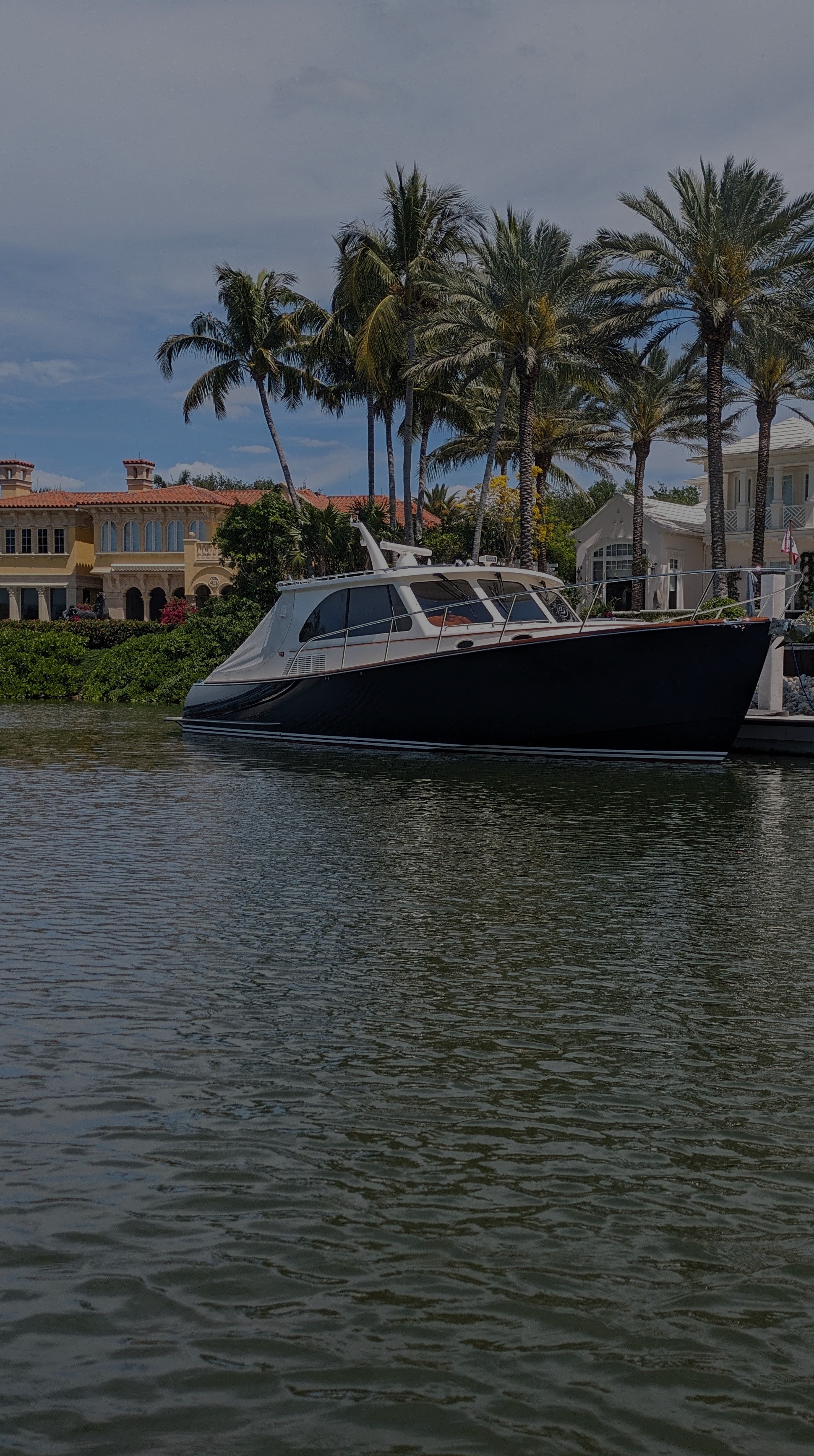
Winterizing Your Boat for Seasonal Storage: Winter and Summer
Author: Keen2Boat Team
Published Date: 2025-04-24 00:00:00-04:00

Winterizing an Inboard and Outboard Boat
Properly winterizing a boat is essential to protect the engine and other components from freezing temperatures, corrosion, and damage caused by long-term storage. The process differs slightly between inboard and outboard boats, but both require careful preparation to ensure a smooth start in the next boating season. Here’s a summary of what is necessary but always use your owners manual too.
Inboard engines, which are housed within the boat’s hull, require a more involved winterization process due to their complex cooling and fuel systems. The first step is to stabilize the fuel by adding a fuel stabilizer and running the engine to circulate it through the system. Next, the cooling system must be drained and flushed with antifreeze to prevent freezing and cracking. In raw-water-cooled engines, this involves running antifreeze through the water intake. For closed-loop systems, checking and replenishing coolant levels is necessary.
Engine oil and transmission fluid should also be changed to remove contaminants that could cause corrosion. The engine should then be fogged with fogging oil to coat internal components and prevent rust. Lastly, the battery should be removed or kept on a trickle charger, and all bilges and compartments should be dried to prevent mold and mildew. Covering the boat securely protects it from snow, ice, and debris.
Outboard engines, which are mounted externally on the boat, require a slightly different process. Like inboard engines, fuel should be stabilized, and the engine should be run to ensure the stabilizer reaches all components. The engine should then be flushed with fresh water to remove salt, dirt, and debris, and drained completely to prevent freezing.
After flushing, fogging oil should be sprayed into the cylinders to protect against corrosion. The lower unit oil should be changed to prevent water contamination and freezing. The propeller should also be removed to check for fishing line or debris wrapped around the shaft. Finally, the battery should be disconnected, and the engine should be covered to shield it from the elements. You may want to remove your steering system brackets and lubricate the tilt tube and inspect all steering components. Also, you may want to support the engine while it sits for a long time.
When spring arrives, properly de-winterizing the boat ensures it is ready for the water. The process includes removing any covers, inspecting the hull for damage, and reinstalling the battery. The engine should be checked for leaks, and all fluids—including engine oil, coolant, and lower unit oil—should be topped off or replaced if needed. The fuel system should be inspected for clogs or leaks, and the engine should be started and run to ensure it operates smoothly. Additionally, safety equipment such as life jackets, flares, and fire extinguishers should be checked, and the bilge pump should be tested. Taking these steps will ensure a safe and enjoyable boating season.
While winterizing both inboard and outboard boats involves similar steps—such as fuel stabilization, antifreeze protection, and lubrication—each type has specific needs. Inboard engines require additional attention to cooling and oil systems, while outboards need thorough flushing and lower unit maintenance. Proper winterization and spring preparation ensure a hassle-free start to the boating season and extend the life of the boat’s engine and components. You engines manufacturer will have specific instructions for your use. Get on the water safely.
